Master the art of braiding with these expert tips and tricks to perfect your technique.
A unique and sophisticated hairstyle can instantly elevate your appearance, but achieving it may seem challenging. If you know the secrets to achieving salon-worthy protective hairstyles at home, you can install, maintain, and enhance gorgeous hairdos on your own.
Whether you’re looking for styles like topknots, flat twists, box braids, or halo braids – you can achieve them at home with some key tips. The secrets to creating these styles without professionals are – understanding of your hair type, appropriate designs, the right products, and maintenance.
Depending on your hair’s texture and preferred design – there are various protective hairstyles that you can try out at home. With a little practice, you can style your hair however you want to.
Discover The Basics Of Braiding
Braiding is a versatile technique that can transform your hairstyle from ordinary to extraordinary. Whether you’re a beginner or looking to enhance your skills, mastering the basics of braiding is key.
Different types of braids offer unique styles, and choosing the right braid for your hair type is essential for a perfect look.
To get started, you’ll need a few essential tools and products. Comb, hair elastics, and bobby pins are a must-have for braiding. Additionally, using a texturizing spray or pomade can add grip to your hair, making it easier to braid.
Experiment with different braiding techniques to find the one that suits you best.
Practice makes perfect, so don’t be afraid to try different styles and techniques until you achieve the desired result. With time and patience, you’ll become a braiding pro!
Take Your Braiding Skills to the Next Level
Braiding is a versatile and beautiful hairstyle that can elevate your looks for any occasion. Whether you’re attending a formal event or simply want to add a touch of elegance to your everyday style, mastering the art of braiding is essential.
To further elevate your braids, consider adding accessories and embellishments. Embellishments like beads, ribbons, or flowers can add a pop of color and texture to your braided hairstyles. Experiment with different placements and styles to find what works best for you.
Maintaining and caring for your braided hairstyle is crucial to keep it looking fresh and intact. Make sure to regularly moisturize your scalp and hair to prevent dryness and breakage. Additionally, avoid excessive manipulation of your braids and opt for a satin or silk pillowcase to minimize friction and frizz.
Easy Protective Hairstyles for a New Look
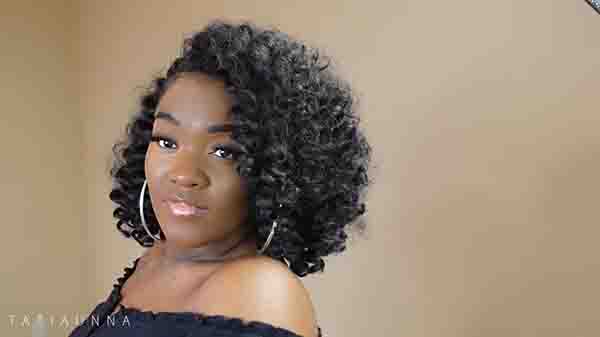
If you’re bored with your natural hair and want a fresh look, protective hairstyles are here to save the day! Protective hairstyles not only keep you safe from pollution and damage but also add a spark to your regular appearance.
Switch up your boring and natural hairstyle with protective ones like Bantu knots, coily French braids, two-strand braids, and more.
Protective Hairstyles Keep Your Hair Flawless and Secure
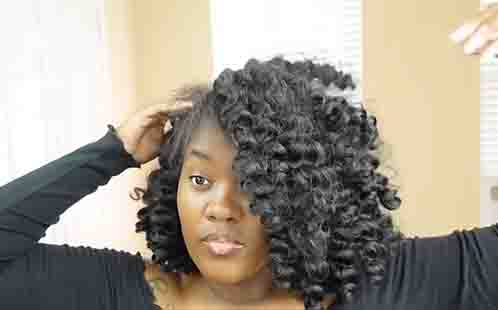
Numerous factors, including the products that you use and the natural weather, might harm your hair. Protective hairstyles are a unique solution for this. There are many reasons you should explore these hairstyles –
a. Minimal Effort
Protecting and nurturing your hair has never been easier. You can achieve a wide range of diverse protective hairstyles with minimal effort and cost.
These hairstyles require fewer products than regular hair and you don’t need to wash or comb them every day either.
If you know and understand your hair, protective hairstyles will elevate your look in no time!
b. Best Option for Busy Women
Are you struggling with a hectic schedule but want to look good at the same time? Protective hairstyles are here to your rescue. They’ll save both time and effort – so you can go about your productive day while looking gorgeous!
c. Easy Hairstyles for Everyday Wear
If you’re looking for a shortcut to healthy and gorgeous hair, protective hairstyles are your best choice. It’s a hairstyle that lets you take a break from chemical treatments and leave-in conditioners.
d. Low Maintenance
Protective hairstyles may be a little tricky to install, but they’re easy to maintain in the long run. Make sure to wash your hair every 4-6 weeks and you’re good to go!
If the hair starts getting frizzy, apply a bit of natural oil to set it. Always look out for any pain at the roots or breakage!
e. Length Retention
Protecting your hair helps it stay healthy and strong and can help it maintain its length. By wearing protective hairstyles, you can ensure the healthy growth of your hair and look gorgeous at the same time.
If done properly, wearing a protective style will not only keep the ends of your hair safe but also minimize the possibility of damage.
f. Minimize Damage
You can reduce tangling and knotting with protective hairstyles. Additionally, they let your hair rest from being pulled, tugged, and combed.
Unlike most regular hairstyles, protective ones don’t strain your hair strands and are gentle on the roots. However, you need to make sure that the hairstyle is installed with care.
g. Maintaining Moisture
No matter what time of year it is, the weather has a big impact on how much moisture natural hair can hold onto. Humidity, heat, or excessive wind can make your hair frizzy and ruin its natural texture. Extremely hot or cold weather can even result in hair loss!
Protective hairstyles keep your natural hair safe from harsh weather, minimize tangles and knots, and reduce hair breakage or damage.
You can maintain moisture, avoid breakage, and promote growth with protective styles.
How Long Can You Wear Protective Braids for
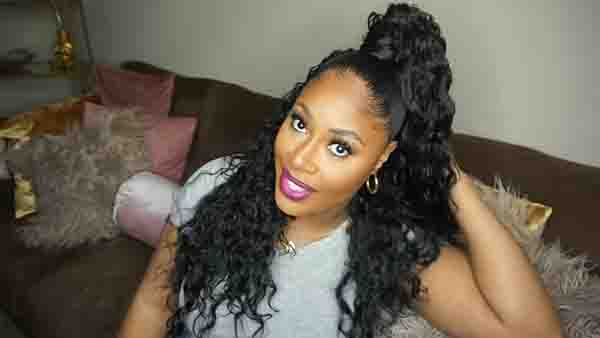
If you maintain your braids with care, protective hairstyles can stay fresh for up to 4-6 weeks. With these styles, your hair is nurtured and protected, which makes it ideal for any weather!
Since braids can be soaked, you can easily wash them once a week to maintain your scalp clean.
How to Do Your Braids: Tips and Tricks
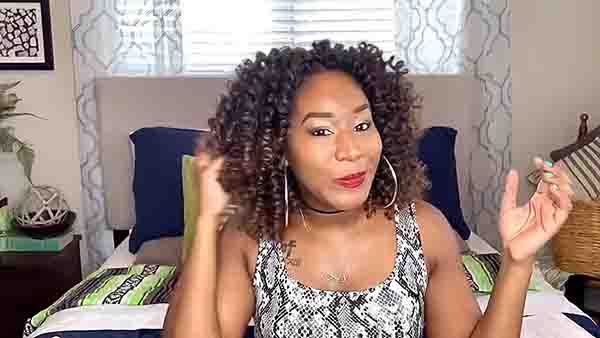
With some practice, you can achieve salon-worthy protective braids right at home without the help of any professional. Here are a few tricks you can use to make your next braid-installment process easy and fast –
a. Always Braid Dry Hair
Your hair stretches farther when it’s wet than when it’s dry. Avoid braiding with wet hair since it will be excessively heavy and could break or weaken your hair.
b. Avoid Excessive Product
Avoid overusing products because they will make your hair overly stiff. When you have too much product in your hair, it’s difficult to separate each strand and you can’t comb through it.
c. Detangle Beforehand
When you try to braid hair, tangled or knotted strands will hamper it. So, before braiding, be sure to separate every part from roots to ends.
Also, divide the areas you aren’t working on to prevent tangling in the middle of your braid.
d. Use Hairspray
Spray hairspray on the hair around the hairline for a sleek and neat finish. You can add final touches to your braid according to your desired style.
e. Sleep in Silk
If you sleep with a silk scarf, silk pillowcase, or some silk cloth over your head, you can keep the braids tighter for up to a week. It keeps fresh longer because it reduces friction.
Common Mistakes Made While Braiding and Solutions
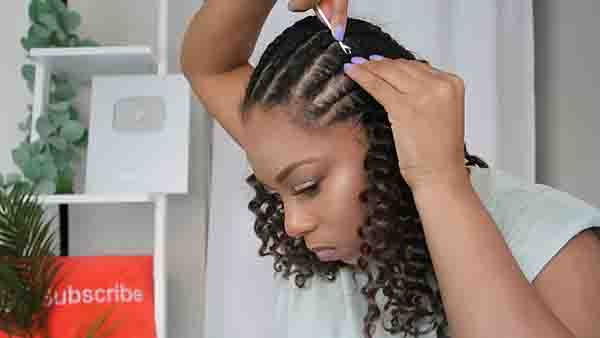
If you want to keep your protective hairstyle neat and smooth for longer, you should avoid the common mistakes.
a. Neglecting Protective Hairstyles
It’s a common mistake with protective styles that you don’t need to maintain your hair once it’s in, but this couldn’t be further from the reality.
Even protective styles require some maintenance, so you should still take care of your hair. It’s crucial to moisturize regularly and wash your hair every two weeks.
b. Keeping the Style on for Too Long
There’s a possibility that wearing braids back-to-back all the time might put a lot of stress on your hair.
However, alternating between protective hairstyles like buns and wigs allows your hair to take a short break.
c. Putting too Much Strain on Hair
When braiding, avoid holding the hair too high or far from the scalp because this will give the braided hair extra strain. Besides, you may suffer from headaches, hair damage, and more.
Keep in mind to braid a little bit nearer the scalp. Remember to be gentle on your natural hair!
Saving Money with DIY Braiding: Cost-effective Hair Care
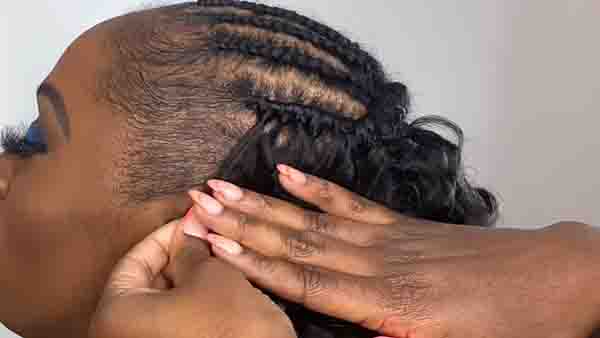
Installing protective hairstyles at a salon or by professionals may be an expensive choice. By doing it at home, you can save money and customize the style you like.
Numerous items that hairstylists insist are essential to their routine are simple to make at home. Avoid overspending on haircare products and try natural ones for a cost-effective process.
Besides, you can resort to your kitchen and grab some sunflower oil, olive oil, avocado oil, sesame oil, or coconut oil rather than spending money on a fancy bottle of chemicals. Since these products don’t contain any artificial additives, they are gentler on your hair.
8 Simple Protective Hairstyles for Natural Hair: Easy Styles for Busy Days
Whether you want to do Bantu knots, a charming flat-twisted style, or something else in between, here are some easy hairstyles you should check out.
1. Topknot
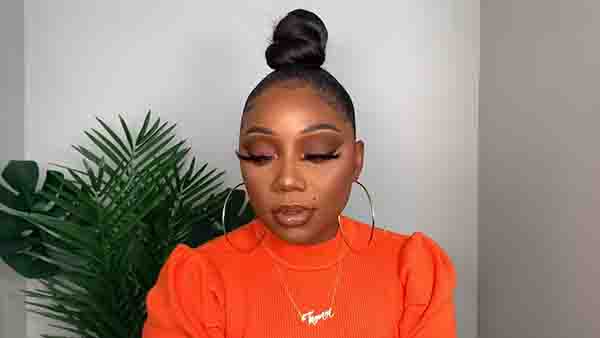
One of the simplest protective hairstyles to pull off is the top knot bun. However, you can wear it in a variety of ways.
Before putting your hair up in a bun, add a side swoop bang or braid it to give some volume.
2. Bantu Knots
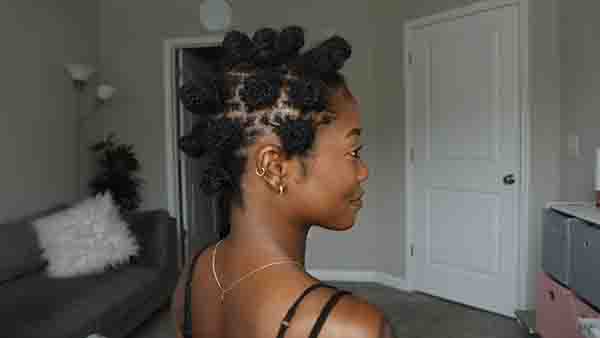
The Bantu knot is a unique and adorable hairstyle you can easily recreate at home.
It’s made by sectioning, twisting, and wrapping strands of hair of all lengths, from short to long, until your hair is finally packed in a spiral knot. To prevent stress and damage, remember not to twist too tightly.
3. Two Strand Twists
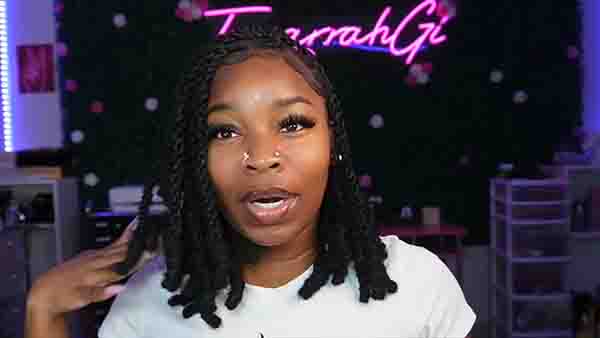
Simply twist two sections of hair together, using equal amounts for each twist for an elegant appearance. This style provides your locks with some relief from over-manipulation and can easily last up to two weeks.
4. Flat Twists
By flat twisting your hair, you can come up with a wide variety of styles. All you need to do is twist while keeping your hair near your scalp.
You’ll adore this one, whether it’s a beautiful halo or a sophisticated low bun. Additionally, you can incorporate these twists in other braids as well.
5. Halo Braid
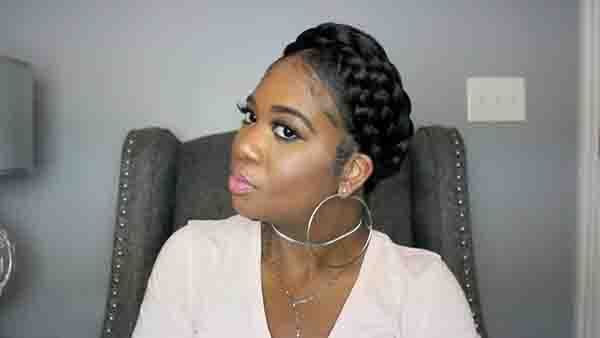
Every woman ought to give the halo braid a try at least once as a faux crown. It wins in terms of fashion, comfort, and protection, whether you decide to go casual with it or add other braiding methods or hair ornaments!
6. All the Buns
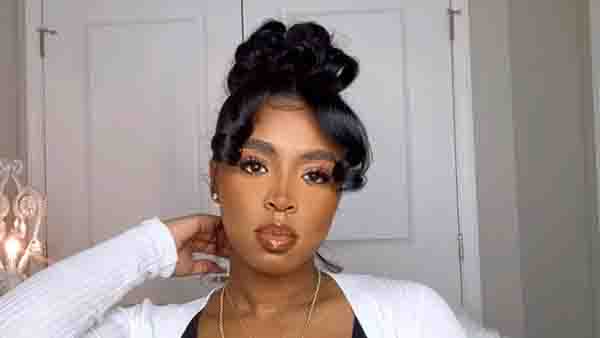
This one’s a classic protective hairstyle that anyone can try at home! Buns in all shapes and sizes—high, low, and two—are protective styles that are good for natural hair.
All you need to do is make sure the bun isn’t too tight and that the hair band won’t catch on anything.
7. Coily French Braids
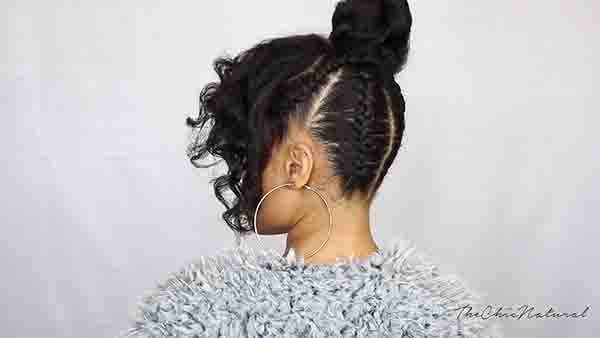
Coily French braids are versatile and ideal for any elegant occasion. The traditional one or two French braids, Dutch braids, two French braids into buns, and a variety of other cute hairstyles are all options you can try.
8. Box Braids
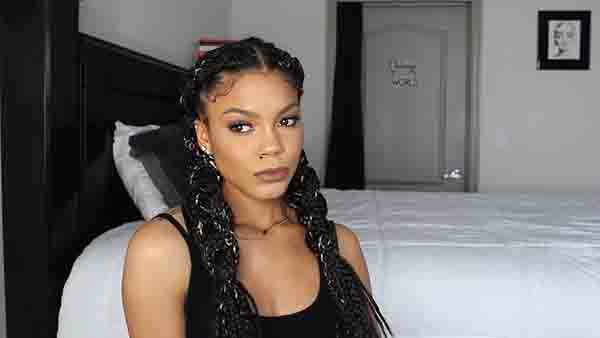
Box braids are not only extremely versatile but also simple to maintain. Play around with the design to come up with your unique look!
FAQ
Buns can be damaging if styled tightly or pulled back frequently, leading to breakage and hair loss. Opt for looser styles to minimize damage.
Box braids and Senegalese twists are known to have less tension compared to tight cornrows or micro braids, reducing the risk of hair breakage.
Some easy protective styles that can last a week include buns, ponytails, braids, and twist outs. Choose styles that require minimal manipulation to keep your hair protected.
Sleeping with braids can help protect your hair from damage caused by friction and tangling. However, it’s important to ensure that the braids are not too tight to avoid tension and breakage.
Protective styles alone don’t directly promote hair growth. Hair growth is determined by various factors such as genetics, diet, and overall hair care routine. Protective styles can help retain length by minimizing breakage and preserving the health of your hair.
Two-strand twists can help in retaining length by protecting the ends of your hair and reducing breakage. However, the growth of your hair is primarily influenced by internal factors and overall hair care practices.
Ghana braids, also known as cornrows, are often considered to be less painful compared to tight braiding styles like micro braids or knotless braids. It’s important to communicate with your hairstylist and ensure they don’t braid too tightly.
Braids can be beneficial for weak hair if done properly and not excessively tight. They can provide a protective barrier that minimizes exposure to external damage. However, it’s essential to maintain a healthy hair care routine and avoid styles that cause excessive tension.
Braids can potentially cause damage to the hairline if styled too tightly or if not given proper care. It’s important to choose a skilled stylist who can create braids without putting excessive tension on the hairline and to avoid leaving braids in for extended periods of time.
Final Thoughts
Protective styles help your hair grow and let you take a low-maintenance approach to hair care. Once you know the secrets to achieving salon-worthy protective hairstyles at home, you won’t have to resort to expensive stylists anymore.
Besides creating these wonderful hairstyles, it’s also important to learn how to take care of them. Moisturize regularly, wash every 4-6 weeks, avoid excessive products, and always look for any breakage – your hair deserves gentle treatment!

